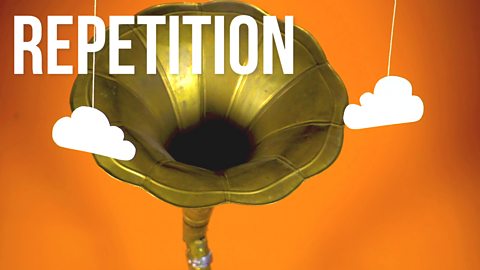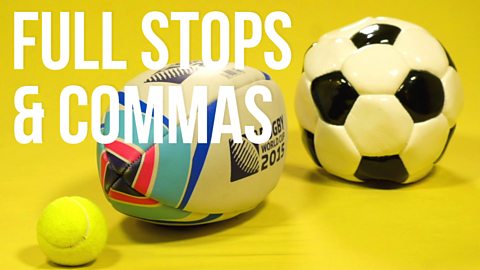Lists are a series of words, phrases or names that are grouped together for a reason.
This technique should be familiar to you as you will have studied it at 3rd level. Use this guide to revise and check your understanding.
What are lists? How and why would you use them?
Lists
A series of words, phrases, or names that are grouped together for a reason.
Carrots
Onions
Garlic
Toilet paper.
What kind of list is this?
Probably not ingredients…This is a shopping list.
All the items are connected because you need to buy them! No-one enjoys running low on loo roll!
I went to a farm and saw:
Cows
Sheep
Pigs
Chickens
Vertical lists can be shown using numbers, letters or bullet points.
The type of list used should present information to the reader in a way that is easy to understand and that won't interrupt the flow of your writing.
Horizontal lists are most commonly used in stories and essays. They are separated using commas and most of the time, when it comes to the last item on the list, you should separate it using ‚Äúand.‚ÄĚ
Lists aren't just practical or factual they can also be used to emphasise a point.
In Jackie Kay’s poem, 'Old Tongue', she lists the words the speaker had to stop using when they moved to England as a child:
‚ÄúWords fell off my tongue: eedyit, dreich, wabbit, crabbit, stummer, teuchter, heidbanger‚ÄĚ
This list draws attention to the rich diversity of words the speaker used to use that have now fallen away from her vocabulary, and suggests the scale of her loss.
The list is written in italics, to emphasise that they are spoken words and to reflect the difference between English and Scots words.
By listing her old, Scots words, Kay encourages us to experience them together and hear their distinctive sounds, just as the speaker would remember them.
Whether practical, factual, or even poetic, the list of reasons to use lists in your writing is endless.
A list connects words, items or names together in a meaningful way.
Vertical lists
Practical or factual lists (like a shopping list or a to-do list) are usually written vertically. They can often be shown using numbers, letters or bullet points. The information should be presented to the reader in a way that is easy to understand and doesn't interrupt the flow.
- chickens
- pigs
- sheep
- cows
- Wash the dishes
- Take the dog for a walk
- Finish homework
- Phone Gran
Horizontal lists
Horizontal lists are separated using commas and usually feature 'and' or 'or' before the last item: 'chickens, pigs, sheep and cows.'
Example from poetry
Lists can often be used to emphasise a point. In Jackie Kay's poem Old Tongue she lists the words the speaker had to stop using when they moved to England as a child: 'eedyit, dreich, wabbit, crabbit, stummer, teuchter, heidbanger'
This list draws attention to all the different Scots words the speaker once used. If Jackie Kay had only mentioned one or two words, do you think it would have had the same effect as a longer list? Probably not! The longer list emphasises the scale of the speaker's loss.
Example from fiction
In Charles Dickens’ story A Christmas Carol, the main character, the miserly Ebeneezer Scrooge, is visited by four ghosts. The last of these, the Ghost of Christmas Yet to Come, shows Scrooge a nightmare-like vision of the future that will come about unless Scrooge mends his ways.
At one point Dickens describes the Ghost of Christmas Yet to Come taking Scrooge to a city slum and a pawn shop where "iron, old rags, bottles, bones and greasy offal were brought. Upon the floor within were piled heaps of rusty nails, chains, hinges, files, scales, weights and refuse of all kind.‚ÄĚ
Charles Dickens was fond of using lists in his writing. Here, he uses a list to build atmosphere and give the reader a sense of the pawn shop as being a place of dirt, decay and despair.
More on Understanding, analysing and evaluating
Find out more by working through a topic
- count11 of 18

- count12 of 18

- count13 of 18

- count14 of 18
